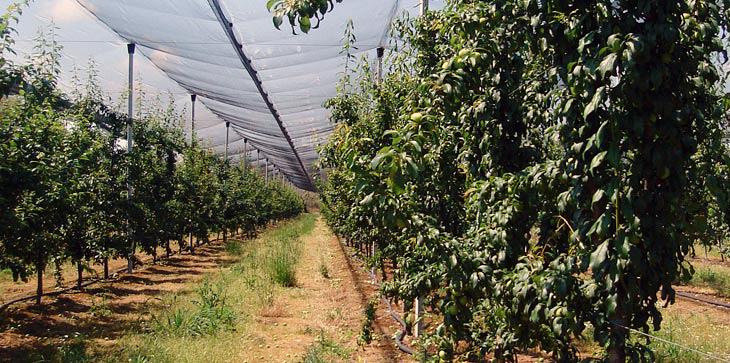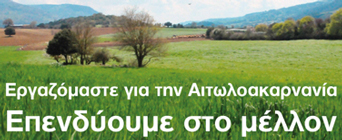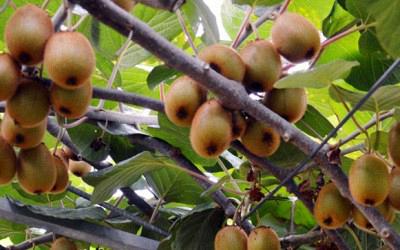
Plums
The plum tree is considered native of western Asia, in Europe, however, like in our country, its cultivation is not unknown. In Aetolokarnania first systematic cultivation effort began as the result of Agriniou Union's efforts and DP ACHELOOS indicate alternative tobacco directions.
Preceded by natural broad research program in collaboration with universities in the country and abroad and the three experiments in pilot fields in Great Country, Angelokastro, the sheepfold and Lepenou.
The shift in tree crops even referred to the cherry, the pear and the apple tree, while the investigation continues and other crops. The project results were presented in detail in a special information event.
The plum tree started giving fruit 14 months after planting, who is always in February - March. It belongs to the family of rosacea. He shoots and fluffy bears oblongata, serrated and slightly wrinkled leaves. The flowers are large and white. Appear almost simultaneously with leaves and usually grow in pairs. So it inhabits five petals and numerous stamens.
The fruit, our famous plum, is hanging, oval or spherical drupe, which side is traversed by a groove. Has violet, reddish, amber or golden-like cortex and usually yellowish, sweet, aromatic flesh with a distinctive flavor. The varieties now grown in Aetoloakarnania is BlackAmber, the TC Sun, the Angeleno, but the Red Beauty, the Black Beauty, the Black Star and Black Diamond.
The culture with the Integrated Management System applied by the Union of Agrinio and the constant technical support at all stages of production, but also in the post-harvest use of the proceeds, leaves a very good income to the producer.
Overall, cultivated today on 1000 acres with the average yield reaches the 2.5-3 tons / acre. The 80 producers have, through the "Acheloos" Cooperation, placed their product in various European countries, mainly in Germany, Italy, Czech Republic and Hungary, while exports are conducted even in countries such as Egypt and Jordan.
The average producer price varies, depending on the quality, at 0.60-0.70 euro. The sales period begins from the middle of May and lasts until late August.
Cultivation Plum

In a really short period of time, plum won the consumers of Aetoakarnania, as well. The margins of increasing the production, through the participation of more farmers, are wide.
There are many kinds of plum worldwide. In Greece seems to come from the area of Damascus. Today is grown mainly in Imathia, Chalkidiki, Skopelos. Imports reach their 900tn, while our exports 3,900tn year.
CLIMATE & SOIL: Grows well in rich fertile soils with pH 6 - 7,5 but tolerates very wet, consistent with excess calcium in areas that have at least 700 -1100 hours cold to break the dormancy of buds and temperatures of -20c up to 37c . Blooms very early spring.
FERTILIZER: Recommended 6 units N, 2 units P, 12 units K acre / year. Micronutrient deficiencies are common (Fe, Zn, B, Mg). Rich irrigation even after harvest is necessary (bud differentiation).
ENEMIES & DISEASES: Enemies is cydia, the arch. the genus Hoplocampa, the rychites, spider mites, etc. Serious diseases are canker, brown rot. the leaf curling. Since viruses flesh is particularly damaging. Sprays (6-7 preventive) deemed necessary).
HARVEST - MAINTENANCE: Main collection criterion is the change of the base color, the acquisition of the outerskin and then the sugar content (16%). Eaten fresh or dried, because their maintenance in refrigerators lasts a while, two weeks (Italian), up to 9 weeks (President), with browning flesh often.





